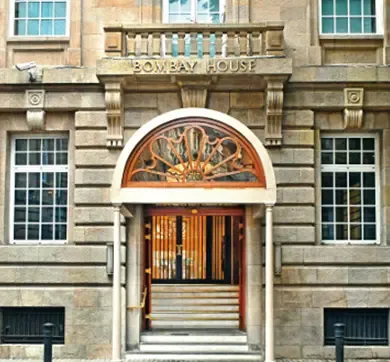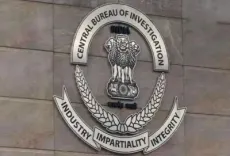Why Did Bharti Hexacom Shares Decline Over 3.5%?

Synopsis
Key Takeaways
- Shares of Bharti Hexacom fell over 3.5% following a downgrade.
- Motilal Oswal downgraded the stock from 'Buy' to 'Neutral'.
- Target price set at Rs 1,900.
- Company expected to be debt-free by FY27.
- ARPU projected to rise significantly by FY27.
Mumbai, June 6 (NationPress) Shares of Bharti Hexacom experienced a decline of more than 3.5%, trading at Rs 1,810 during the intra-day session on the National Stock Exchange (NSE) on Friday. This drop followed a downgrade by the brokerage firm Motilal Oswal, which shifted its rating from 'Buy' to 'Neutral' and established a target price of Rs 1,900.
The brokerage attributed this downgrade primarily to the stock's elevated valuation, currently about 40% more than Bharti Airtel.
"The risk-reward scenario is no longer appealing; hence, the downgrade to Neutral," stated the brokerage.
Despite this, Motilal Oswal acknowledges that Bharti Hexacom continues to exhibit robust performance and growth through its premium services.
The firm anticipates that Bharti Hexacom will achieve a debt-free status (excluding lease liabilities) by the fiscal year 2027.
They also foresee an increase in the company’s dividend from Rs 10 per share in FY25 to Rs 30 per share by FY27.
The average revenue per user (ARPU) is projected to climb from Rs 242 in FY25 to Rs 284 by FY27, backed by a potential tariff hike expected in December 2025.
Looking beyond FY28, Motilal Oswal estimates that ARPU will grow at a more modest rate of 5.5% annually, while overall revenue and EBITDA growth could stabilize around 7%.
However, the firm cautioned that any substantial increase in valuation hinges on ARPU surpassing expectations.
Concerns were raised regarding Bharti Hexacom’s operations, which are concentrated in a limited number of telecom circles, potentially restricting future growth.
Additionally, the government retains a 15% stake in the company, posing a risk factor as the government has no board representation and previously raised objections regarding the Indus Towers deal, according to the brokerage.
Any corporate maneuvers, such as stake sales, could exert pressure on the stock's valuation.
Furthermore, a possible merger with Bharti Airtel could prove risky, particularly if the share swap ratio is unfavorable due to Bharti Hexacom's current high valuation.
As of around 12:45 pm on Friday, Bharti Hexacom was trading at Rs 1,810, down approximately 3.62% or Rs 68.
Despite the decline, the stock has risen by 24% this year and increased by 74% over the past twelve months.









